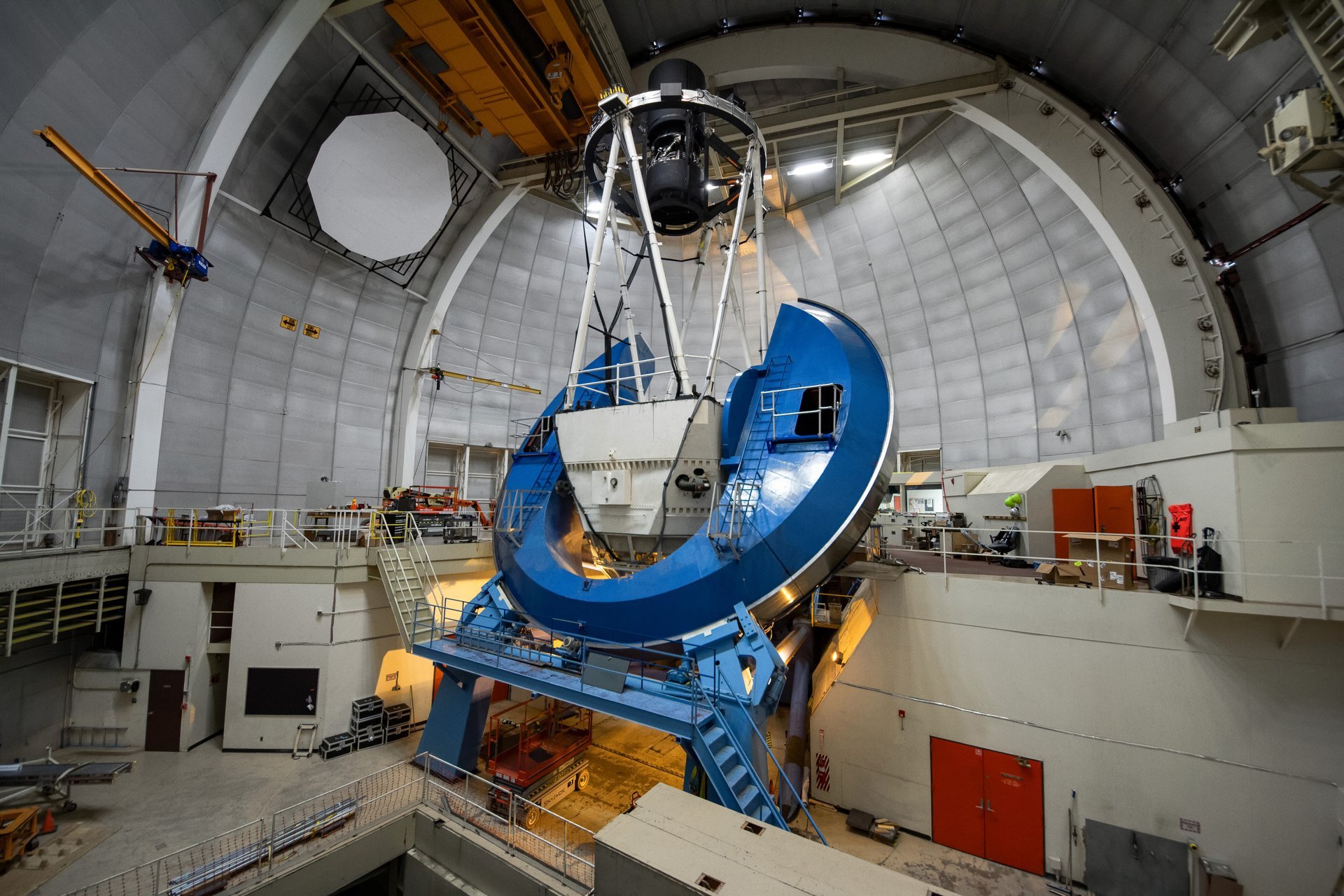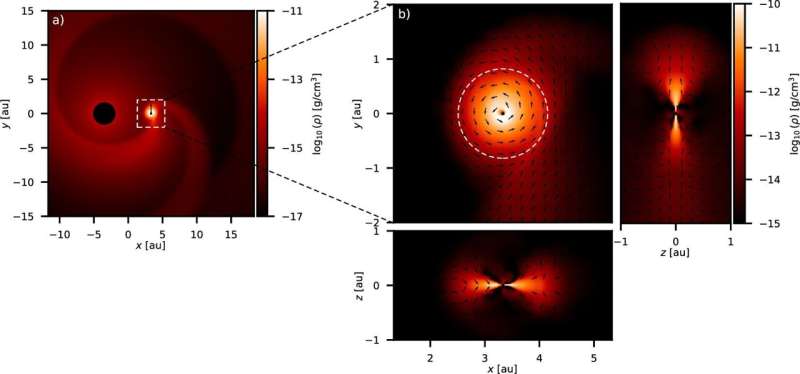In March 2024, the DESI collaboration revealed intriguing evidence suggesting that dark energy may be weakening over time. This significant finding, based on years of meticulous analysis, has captured the attention of the cosmological community. While the results are not definitive, they open up new avenues for exploration and discussion in the field of cosmology.
The Dark Energy Spectroscopic Instrument, located on Kitt Peak in southeastern Arizona, plays a pivotal role in this research. Using a sophisticated setup with more than 5,000 robotically controlled fiber optic cables, DESI conducts a comprehensive survey of galaxies. The telescope meticulously observes designated patches of the sky each night, cataloging detailed information about every galaxy within its view. To date, DESI has documented over 13 million galaxies and aims to expand its catalog to 50 million galaxies upon completion of the survey.
The innovative use of robotic technology marks a significant advancement from previous galaxy surveys, such as the Sloan Digital Sky Survey, which relied on manual labor to reposition fiber optics. While DESI’s findings represent less than 1% of all galaxies in the observable universe, the scale of the survey is still substantial.
Understanding the distribution and arrangement of galaxies yields valuable insights into the universe’s structure and evolution. Central to this recent analysis are the baryon acoustic oscillations (BAO), which are features resulting from sound waves that traversed the universe in its early stages. When the universe was a mere few hundred thousand years old, it was significantly smaller and hotter than it is today. During this period, matter existed in a dense plasma state, creating a dynamic interplay between gravity and radiation.
As the universe cooled, the sound waves generated by this competition became “frozen,” forming regions of slightly higher density that we now observe as BAO. These features, which span approximately 800 million light-years in diameter, act as a “standard ruler” in cosmology. By comparing the expected size of these shells in the present day to their observed size, researchers can infer critical details about the universe’s properties and its history.
The surprising new finding from the DESI analysis indicates that the BAO shells do not conform as expected to traditional cosmological models. Instead, the results suggest a scenario in which dark energy may be evolving over time. This challenges existing theories and raises vital questions about the nature of dark energy itself.
Dark energy, which is believed to make up around 68% of the universe, is responsible for the observed acceleration in the universe’s expansion. Understanding whether it remains constant or changes over time could have profound implications for our grasp of the universe’s fate.
As researchers continue to analyze the data produced by DESI, the implications of these findings are only beginning to unfold. The interplay between dark energy, galaxy formation, and the overall structure of the cosmos remains a captivating area of study, offering new opportunities for discovery and deeper understanding of our universe.







